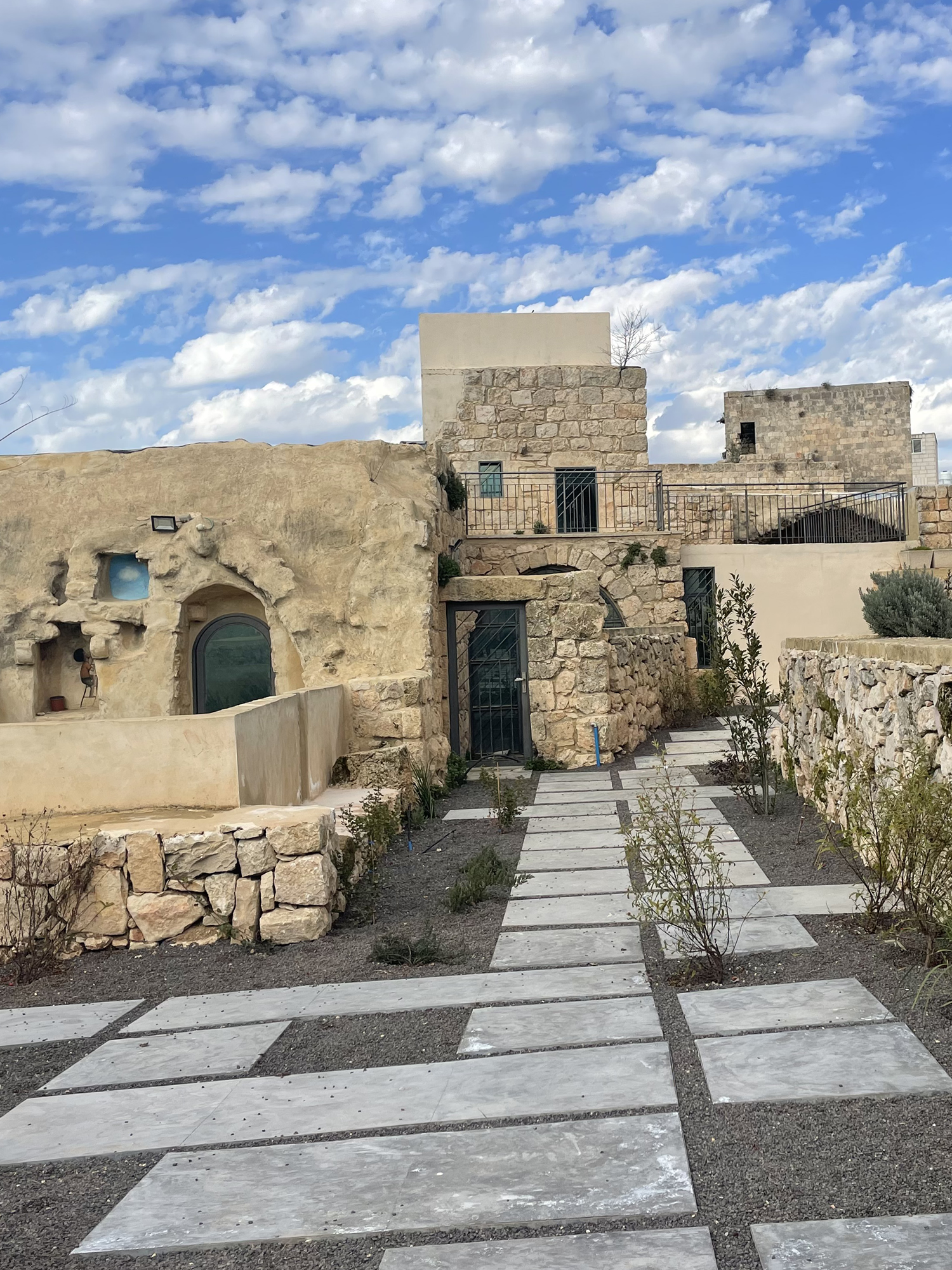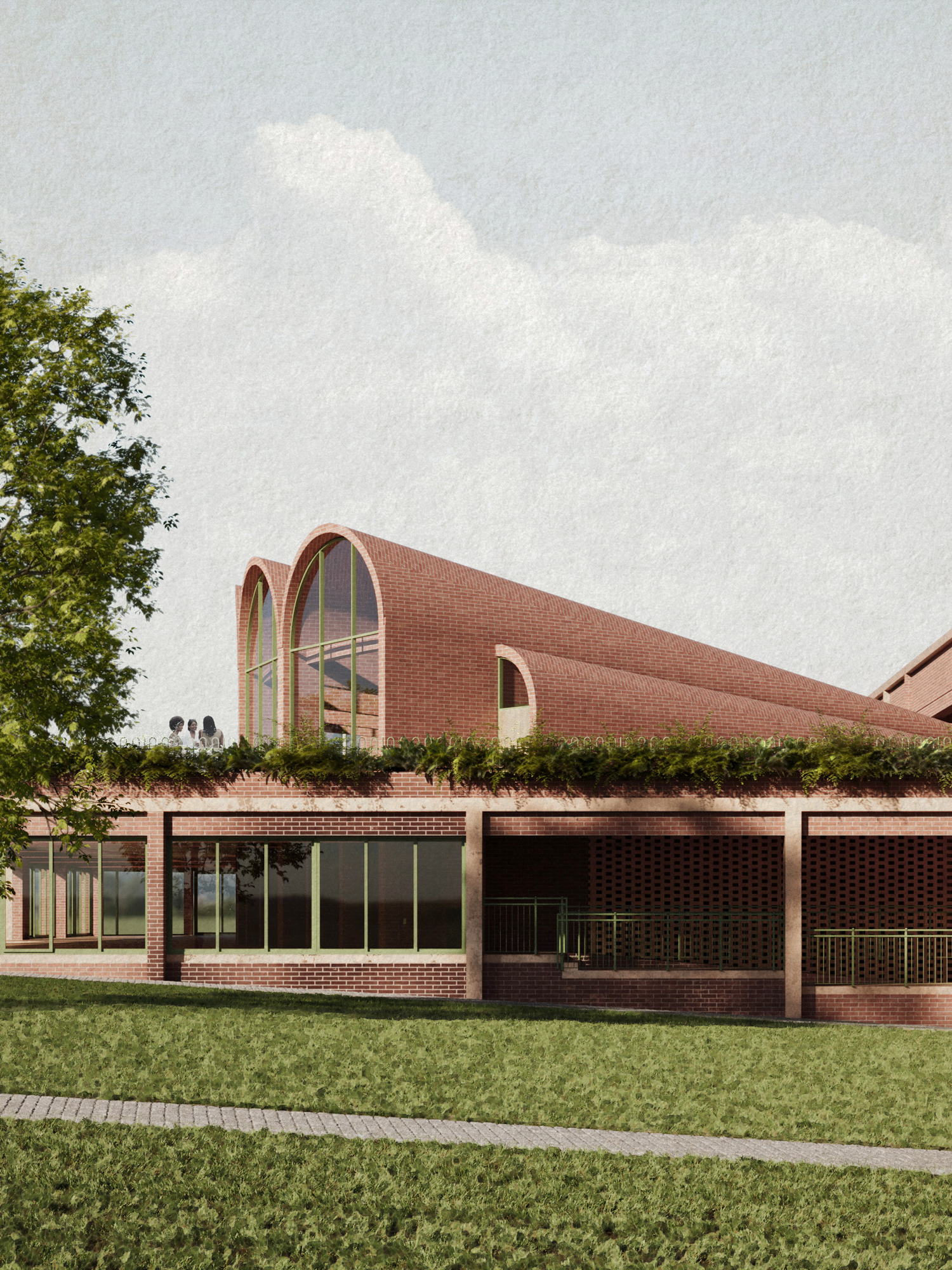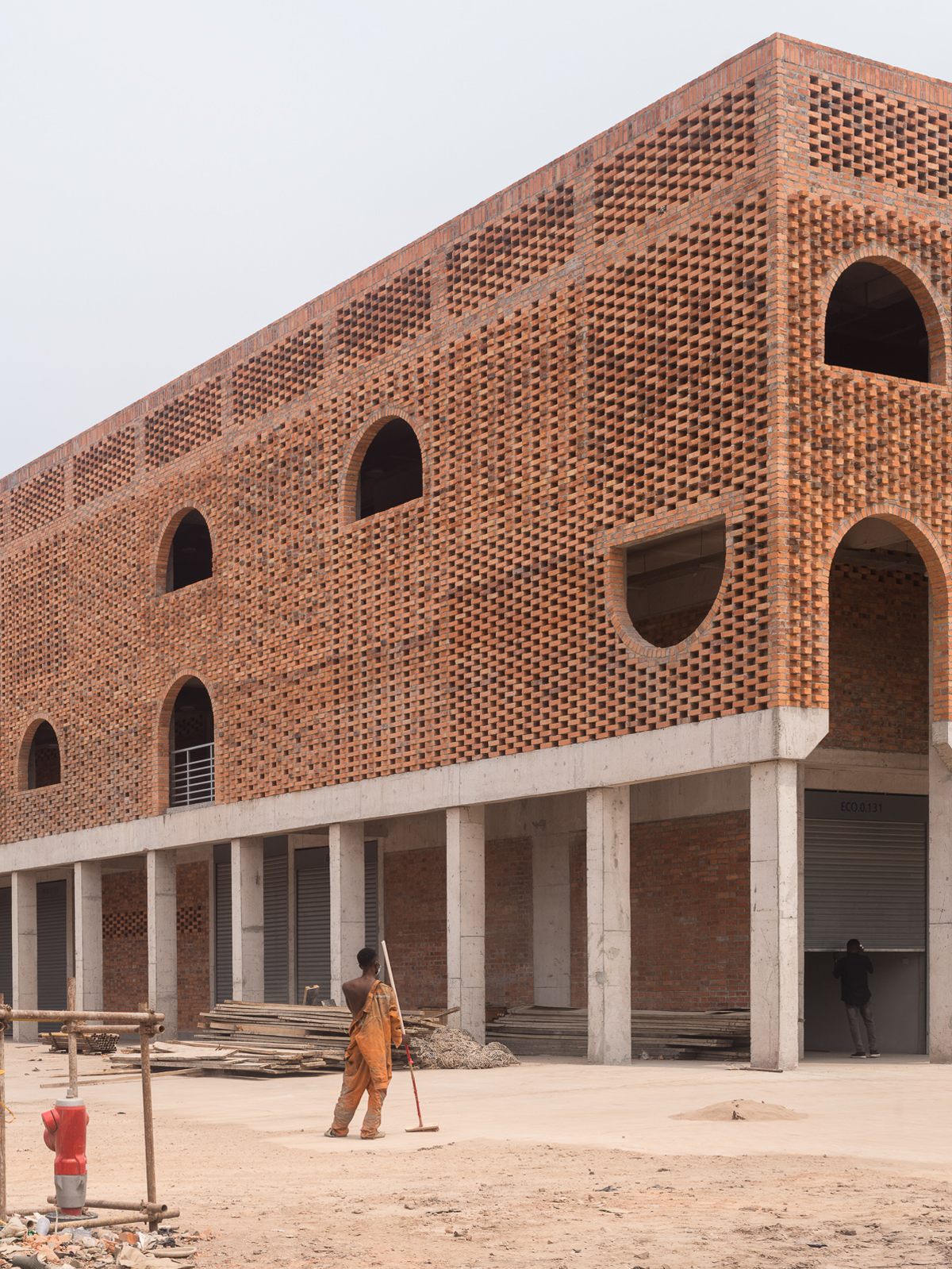A semi-permanent forest-integrated school campus
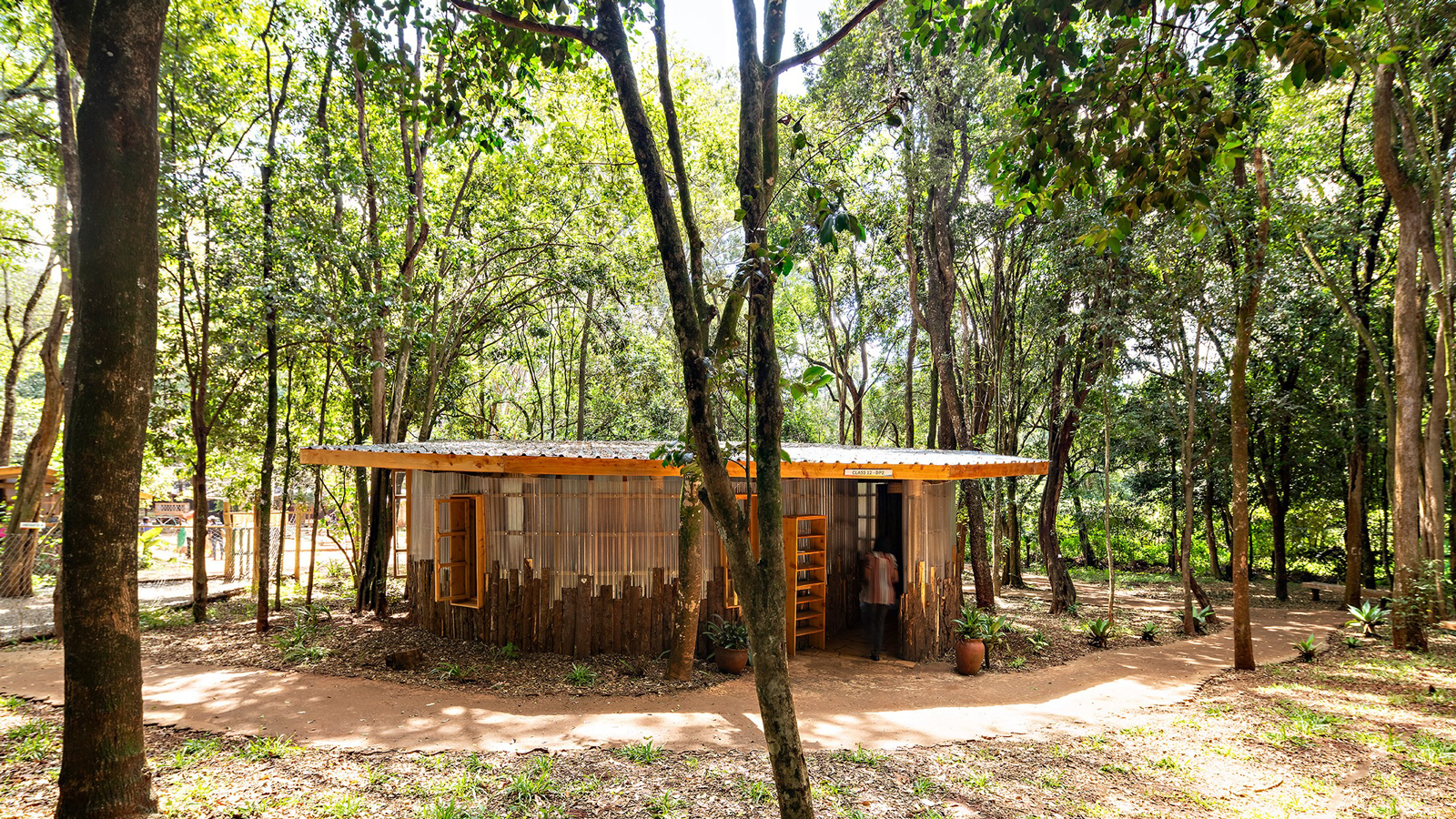
Set within a protected Nairobi forest, Waldorf School thoughtfully integrates nature into a semi-permanent educational campus through a poetic design solution. With only a ten-year land lease, the project embraces ephemerality through modular, low-impact construction, preserving all existing mature trees. Lightweight metal frames filled with compacted earth form classroom walls, ensuring minimal landscape disturbance and enabling easy dismantling at the end of their planned lifespan. Community engagement was integral to the project’s development. Parents, students, and local artisans collectively participated, creating a strong sense of ownership and connection.

Inspired by traditional Maasai manyata dwellings, the organic forms of the design foster communication, connection, and imagination, encouraging learning through direct interaction with nature. The use of local materials, such as laterite-rich soil and reclaimed wood, helps keep construction costs low, reduces emissions, and shortens the construction time. The ‘living’ soil-filled walls provide natural insulation and create microhabitats, allowing students to learn directly from their surroundings. Passive design strategies, such as large roof overhangs, natural ventilation, and allowing for ample daylight, ensure comfort and reduce energy consumption. The campus’s landscaping and careful planting enrich biodiversity, leaving the forest healthier after its ten-year use.
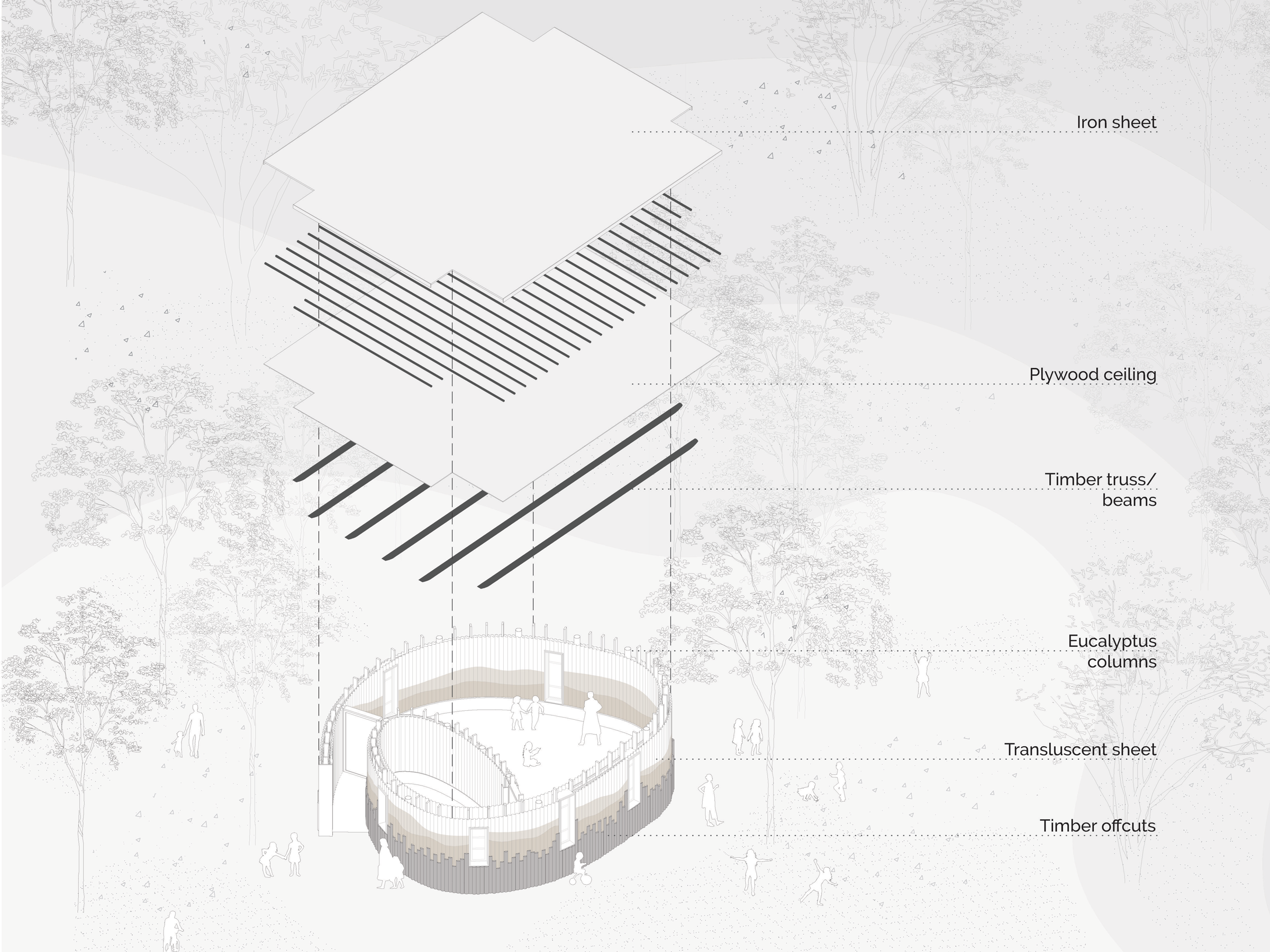
The modular structure is designed for disassembly and reuse at the end of its lifespan, helping to avoid waste and encouraging circular building practices. This sustainable architectural experiment challenges conventional notions of permanence. Its deliberate impermanence promotes adaptive building practices, avoids wasteful construction, and highlights architecture’s potential to inspire and educate through careful integration with natural environments.
Jury Appraisal
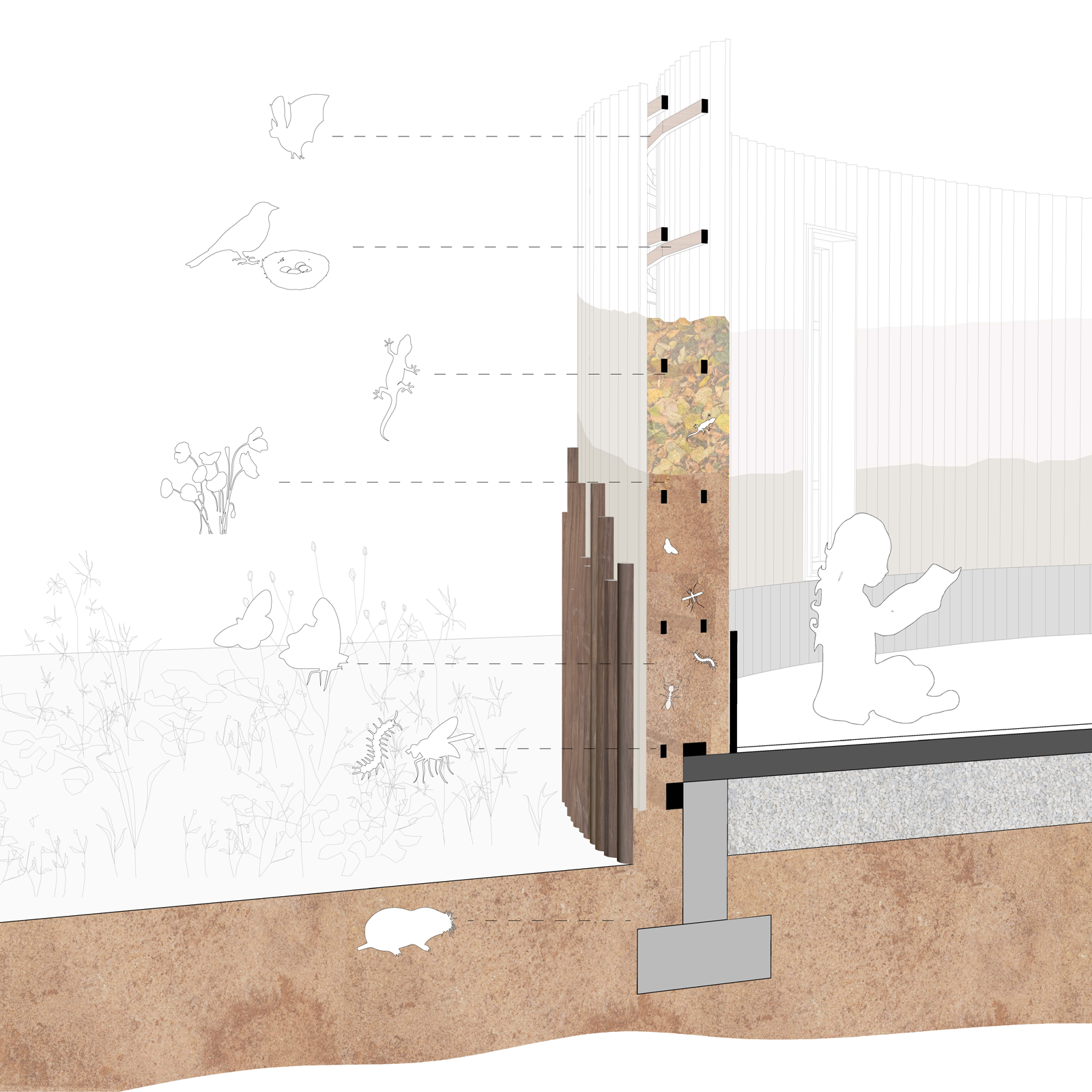
The Waldorf School in Nairobi impressed the Holcim Foundation Awards MEA Jury with its innovative approach to educational architecture. The jury praised the project's humility and participatory design process, which involved users not just in discussions but in the actual building construction. Debate arose around its perceived roughness, with some questioning whether its lightweight structure could be genuinely reusable. Yet, the jury ultimately agreed that this intentional impermanence and experimentation represented a strength, not a limitation.
The jury agreed the project was a thoughtful and creative design, which challenges traditional notions of classrooms and learning spaces, creating an environment that connects students with nature through features like living walls, fostering a more organic and integrated approach to education.
Project Team
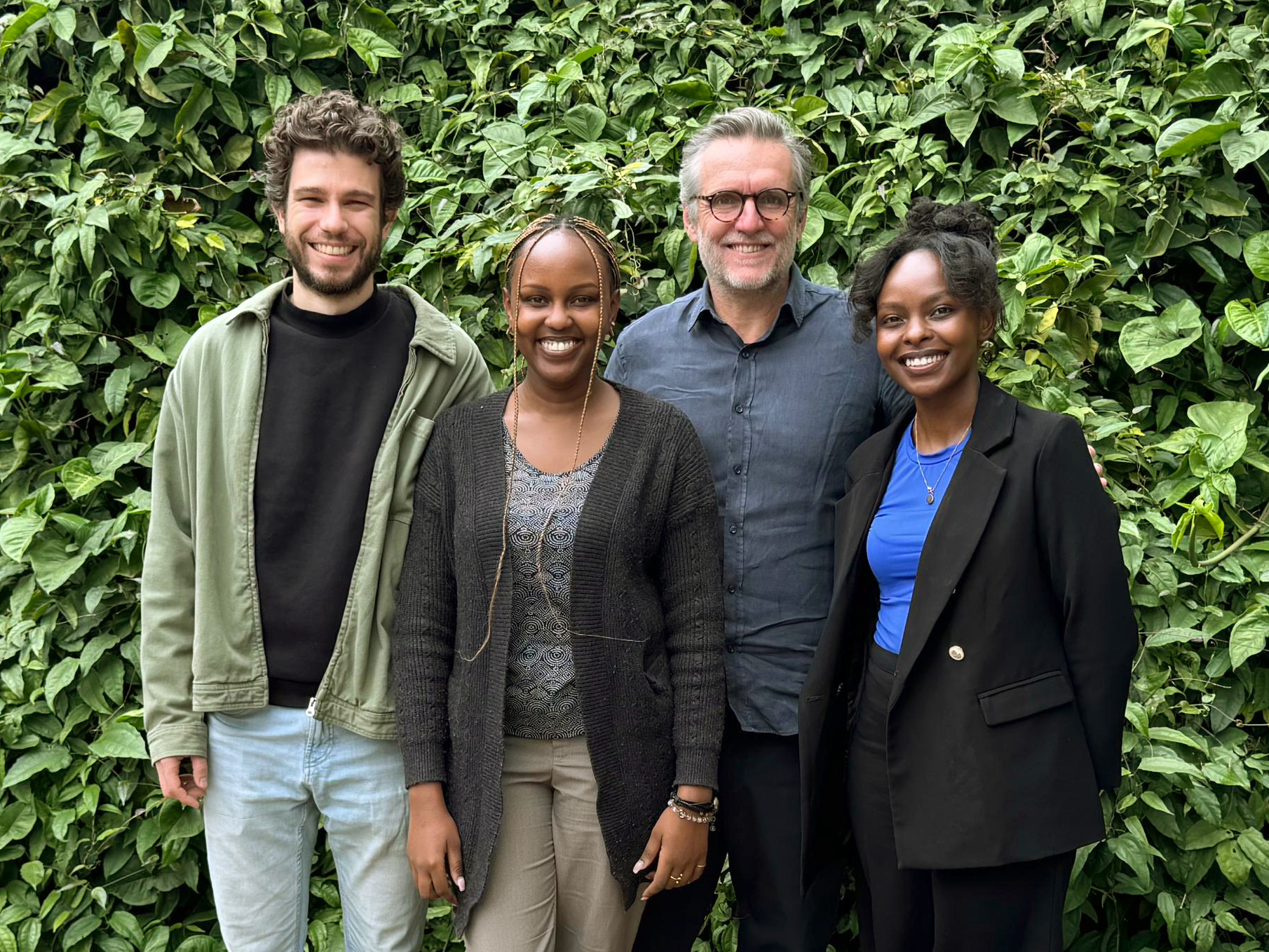
Main Author: Urko Sanchez Architects
Client: Nairobi Waldorf School Trust
Themes
Circularity & Resource Efficiency | Education & Professional Development
Status
Under Construction since April 2023

Acknowledgement
-
Additional Credits
Urko Sánchez Architects Team: Urko Sánchez, Jaime Velasco, Esther Karanja, Kelvin Ndungu, Linda Muriuki, and Nicholas Simwichi.
Sustainability Goals
-
Healthy Planet
Sustainable building design through passive measures
The project integrates passive design strategies to enhance energy efficiency and occupant well-being. The classrooms are dispersed within natural clearings to maximize shade and minimize disruption to the existing forest. Large roof overhangs and elevated gaps between the walls and roof allow for cross-ventilation, reducing heat buildup. The use of laterite-rich soil in the "living walls" provides thermal mass, regulating indoor temperatures. Skylights and translucent polycarbonate panels optimize daylighting, reducing the need for artificial lighting. These measures create a comfortable, naturally lit, and ventilated environment, promoting student health and engagement.
Efficient construction and operations
Sustainability is embedded in material selection and construction methods. Locally sourced laterite soil from the site excavation and recycled wood minimize embodied carbon. Prefabricated polycarbonate panels fabricated locally enable rapid assembly, reducing construction waste. Recycled materials from previous school structures are repurposed for pathways and parapets. The use of lightweight, modular elements facilitates disassembly and potential reuse at the end of the 10-year lifespan, preventing unnecessary landfill waste. These strategies significantly lower carbon emissions and enhance resource efficiency.
Landscape & Biodiversity Integration
The project embraces the site's existing ecosystem by preserving native vegetation and integrating classrooms into natural forest clearings. Unlike conventional approaches that clear large areas, this strategy maintains local biodiversity, fostering a habitat for wildlife. The "living walls" provide microhabitats for insects and plants, reinforcing the school's pedagogical mission of environmental stewardship. This approach transforms the intervention into a regenerative force, enriching the landscape rather than depleting it.
Land use & Transformation
The project site, a dense forest within Nairobi’s Karen neighborhood, was carefully preserved to maintain its ecological integrity. Instead of clearing large areas, the intervention adapted to the natural land use patterns by situating classrooms within existing clearings, reducing deforestation and soil disturbance. The use of local laterite soil and minimal concrete foundations ensures low-impact development. Over time, the project contributes to regenerative transformation by fostering biodiversity within the "living walls" and integrating recycled materials. The school's presence promotes environmental awareness, reinforcing a sustainable relationship between built and natural environments.
-
Thriving Communities
Participatory Design
The project embraced a collaborative approach, actively involving students, teachers, and parents in the design and construction process. Workshops and discussions were held to align the architecture with the Waldorf’s educational philosophy, ensuring that the spaces reflected the community’s needs. Local craftsmen contributed to the construction, using recycled materials from previous structures. Students, parents and teachers participated in hands-on activities, such as filling the walls with soil, fostering a sense of ownership and environmental stewardship. This inclusive process not only strengthened community engagement but also enriched the educational experience, transforming the school into a living, evolving learning environment.
Community Impact and Resilience
The project fosters social inclusion by actively engaging the school community and local artisans in its design and construction. By using local materials and traditional inspired building techniques, it strengthens local craftsmanship and economic opportunities. The use of passive design strategies (natural ventilation and thermal mass) enhances resilience against Nairobi’s fluctuating temperatures, ensuring a comfortable learning environment. Additionally, the minimal environmental footprint and regenerative approach—preserving native vegetation and integrating "living walls"—promote ecological awareness. This project serves as a model for sustainable, adaptable, and community-centered educational spaces in rapidly urbanizing contexts.
-
Viable Economics
Financial Feasibility
Due to the project's ephemeral nature, with a 10-year lease, the budget was intentionally kept low, requiring cost-efficient yet high-quality solutions. With a target of $250/m², the design prioritized affordability through the use of locally sourced materials like laterite-rich soil and reclaimed wood. The lightweight, prefabricated polycarbonate structure allowed for rapid assembly, reducing labor costs. Additionally, the participatory construction process, involving the school community, further optimized resources. Despite its temporary character, the project ensures economic efficiency while maintaining environmental and educational value.
-
Uplifting Places
Aesthetic Qualities and Cultural Integration
The project embraces the cultural and aesthetic essence of its surroundings by drawing inspiration from traditional Maasai manyatas—circular, organic forms that foster a sense of community. The use of locally sourced materials, such as laterite-rich earth and timber, reinforces a deep connection to the land, while the translucent polycarbonate walls create a dynamic interplay of light and shadow, enhancing the immersive experience of nature and its biodiversity. The design celebrates Kenya’s vernacular architecture while integrating contemporary sustainable techniques, ensuring a harmonious blend between tradition, innovation, and the surrounding forested landscape.

